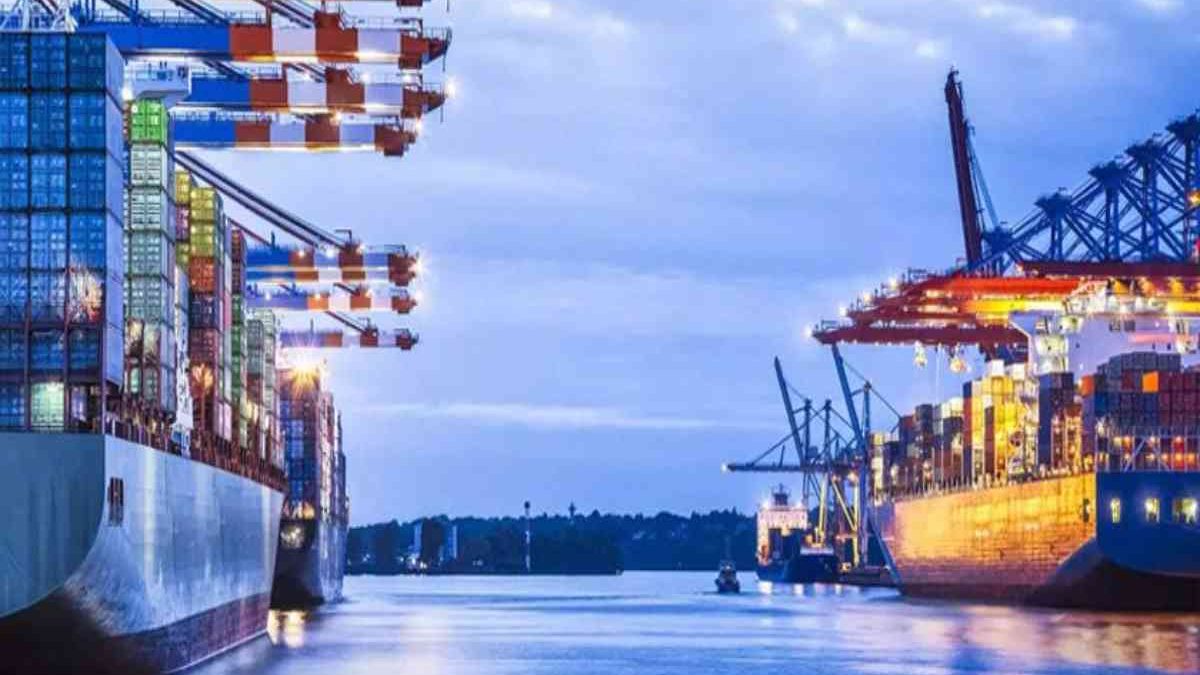Shipping has come a long way over the years. While we often hear about advancements in logistics and transportation, there’s an often-overlooked technology that plays a crucial role in ensuring the smooth operation of modern shipping: the tech behind seamless coordination and efficiency. From tracking systems to data integration, these technologies are the unsung heroes that keep goods flowing around the globe, enabling businesses to meet customer expectations and adapt to fast-paced markets.
Table of Contents
The Role of Automation in Shipping
Automation has revolutionized many industries, and shipping is no exception. At the heart of automation in shipping is the integration of Artificial Intelligence (AI) and machine learning. These technologies optimize various aspects of shipping, including route planning, inventory management, and predictive maintenance.
AI-driven systems can predict the best routes based on real-time traffic data, weather conditions, and even historical trends. This minimizes delays and enhances the speed of deliveries. Additionally, automated systems can track shipments with incredible accuracy, providing customers with up-to-the-minute information about their parcels. This automation not only speeds up operations but also reduces human error, ensuring smoother processes and less costly mistakes.
Real-Time Tracking and Visibility
Perhaps the most visible advancement in modern shipping tech is real-time tracking and visibility. In the past, customers had limited information about their shipments, often leading to frustration when delays occurred. Now, thanks to GPS and RFID technology, both shippers and recipients can monitor parcels throughout the shipping process.
Real-time tracking systems provide updates about a package’s location at each stage of its journey. This level of transparency increases customer satisfaction, as they know exactly where their package is and when it’s likely to arrive. For businesses, real-time tracking helps manage inventory, predict demand, and reduce the likelihood of stockouts or overstocking. It also plays a vital role in reducing the carbon footprint, as companies can better coordinate shipments to reduce excess mileage and fuel consumption.
Integrated Platforms for Seamless Coordination
One of the less visible but equally critical advancements in shipping is the development of integrated platforms that connect shippers, carriers, and customers. Platforms like Shiply shipping services play a significant role in this space by allowing businesses and individuals to coordinate shipments in an efficient and cost-effective manner. These platforms integrate data from different sources, including shipping carriers, warehouses, and logistics networks, into a single interface that provides full visibility and control over the shipment process.
With integrated platforms, businesses can streamline operations, reduce the need for manual input, and cut down on the time spent dealing with customer inquiries. Customers benefit from the ability to choose the best shipping option based on real-time pricing and availability. For example, Shiply allows customers to compare different shipping providers and find the most suitable option for their needs.
The Importance of Data and Analytics
Shipping companies are increasingly turning to data analytics to improve their operations. By analyzing shipping trends, customer preferences, and historical performance, companies can identify opportunities for cost savings, optimize routes, and even predict when delays are likely to occur.
Data also helps businesses improve customer experiences by anticipating potential issues and offering proactive solutions. With advanced analytics, companies can forecast demand and ensure that their shipping infrastructure is prepared for peak seasons. In addition, data-driven insights help companies stay competitive by adjusting their operations to meet changing market conditions.
Conclusion
The tech behind seamless shipping may not always be the most glamorous, but it is undoubtedly essential to the success of modern logistics. From automation and real-time tracking to integrated platforms and data analytics, these technologies ensure that shipments move smoothly, efficiently, and reliably. While we often take these advancements for granted, they are the backbone of the global shipping industry, enabling businesses to provide fast, accurate services to their customers.


